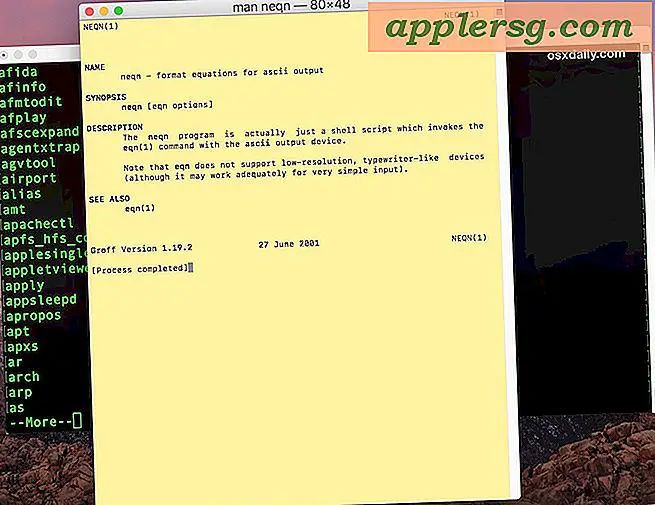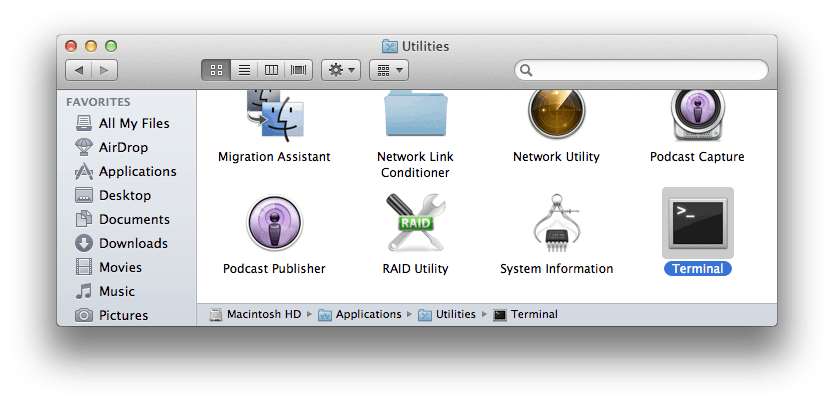

Openssh has many, many more uses some of which are quite advanced.
#Mac os list commane line mac os x#
After logging in with your Username and Password you will be presented with complete access to the Mac OS X command line. Now if you are on the road and wish to access your machine you can use a client like PuTTY (from a Windows machine) or “ ssh” from a Mac OS X terminal window and connect to the IP address of your Mac. If you wish you enable Mac OS X’s built in SSH server you can do so by opening your System Preferences, clicking on “Sharing” and checking the box next to “Remote Login”.

Openssh’s primary use is secure remote administration. Originally developed as drop-in replace to the rsh/rlogin programs, ssh has become a staple of the Linux/Unix(and now Mac OS X) community. This little gem is included in every version of Mac OS X. So here are 10 OS X command line utilities that you might not know about! While using the command line in Mac OS X is not necessary for the every day operation of a Macintosh, if you use it smart and correctly, it can save you a lot of time in many situations. Leveraging years of hard work by the GNU foundation and others in the open source community, Apple designed a wonderful OS that doesn’t “need” any use of the command line. The Mac OS X command line interface is home to thousands of programs that the average user doesn’t know exists.
#Mac os list commane line for mac#
And now here’s something very useful for Mac users. That’s why you’ll see posts that cover both Mac and PC here on Gnoted. Just for the record: I am a PC and a Mac user so I guess that makes me neutral in endless war of Mac vs PC. I’ve written many posts about Windows 7 and now it’s time to give something to Mac community too.


 0 kommentar(er)
0 kommentar(er)
